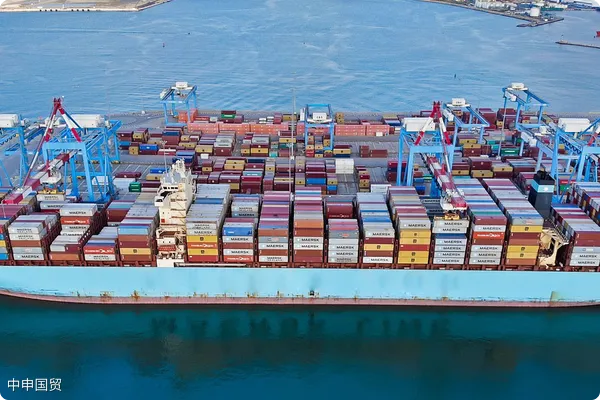- Shanghai Zhongshen International Trade Co., Ltd. - Two decades of trade agency expertise.
- Service Hotline: 139 1787 2118

On the international trade stage, Chinas lighting exports to Russia are demonstrating unique charm and influence.
I. Current Situation
China has always been a major producer and exporter of lighting products, holding a significant share in the international market. In terms of exports to Russia, there has been a steady growth trend in recent years. Chinese lighting products meet the diverse needs of the Russian market with their wide variety. From traditional incandescent bulbs to modern LED lighting, from ordinary household lighting such as chandeliers and wall lamps to commercial lighting like spotlights and light strips, Chinese lighting products cover almost all categories.
In terms of export volume, data shows a year-on-year increase. This is mainly attributed to Chinas mature lighting industry supply chain system. China has numerous lighting manufacturers, forming an efficient and relatively low-cost industrial chain from raw material supply to component processing and final assembly. This gives Chinese lighting products strong price competitiveness. For example, in some ordinary Russian household renovations and small commercial lighting equipment upgrades, Chinese lighting products are highly favored for their cost-effectiveness.
II. Opportunities
Huge Market Potential in Russia
Russias vast territory means growing demand for lighting products in both urban construction and household life. With Russias gradual economic development, urban infrastructure construction continues to advance, requiring large quantities of lighting products for road lighting, public building lighting, etc. At the same time, Russian households are increasingly pursuing higher living environment quality, driving continuous demand for new, energy-efficient, and aesthetically pleasing lighting products, which provides broad market space for Chinas lighting exports.
Strong Complementarity
China and Russia have strong complementarity in lighting trade. Chinas lighting industry has made continuous technological progress, achieving significant results in lighting design and energy-saving technology R&D. Russia, however, has relatively weak lighting manufacturing technology, especially in large-scale, low-cost production, making it difficult to compete with China. Chinas lighting exports can fill this gap in the Russian market, meeting Russian consumers demand for high-quality yet reasonably priced lighting products.
III. Challenges
Trade Policies and Regulations
Russias trade policies and related regulations impose strict requirements on imported lighting products. For example, there are detailed regulations on safety standards and environmental standards for lighting products. Chinese lighting companies need to invest certain effort and costs to ensure their products comply with Russian standards. Sometimes, these standards may be updated frequently, and if companies fail to keep up, they may face the risk of product rejection.
Competitive Pressure
Although Chinese lighting products have certain advantages in the Russian market, they also face competition from other countries. Some European lighting brands occupy part of the high-end market share in Russia with their premium and sophisticated image. These brands often have long histories and good reputations. If Chinese lighting companies want to gain a share in the high-end market, they need to continuously improve product quality and brand image.
Logistics and Transportation Costs
The geographical distance between China and Russia makes logistics and transportation costs a significant factor affecting Chinas lighting exports. Lighting products are fragile and require special packaging and protective measures during transportation, which undoubtedly increases costs. Moreover, the long transportation distance leads to longer delivery times, potentially impacting companies cash flow and customer satisfaction.
However, facing these challenges, Chinese lighting companies are actively responding. On one hand, they strengthen communication with Russian authorities to stay updated on policy changes and adjust production standards accordingly. On the other hand, they increase investment in R&D and brand building to enhance product value while optimizing logistics solutions to reduce transportation costs.
In summary, Chinas lighting exports to Russia present both huge opportunities and some challenges. Through continuous adjustment and adaptation, there is potential to further expand the Russian market and achieve mutual benefits in the lighting trade.
Related Recommendations
? 2025. All Rights Reserved. Shanghai ICP No. 2023007705-2  PSB Record: Shanghai No.31011502009912
PSB Record: Shanghai No.31011502009912










